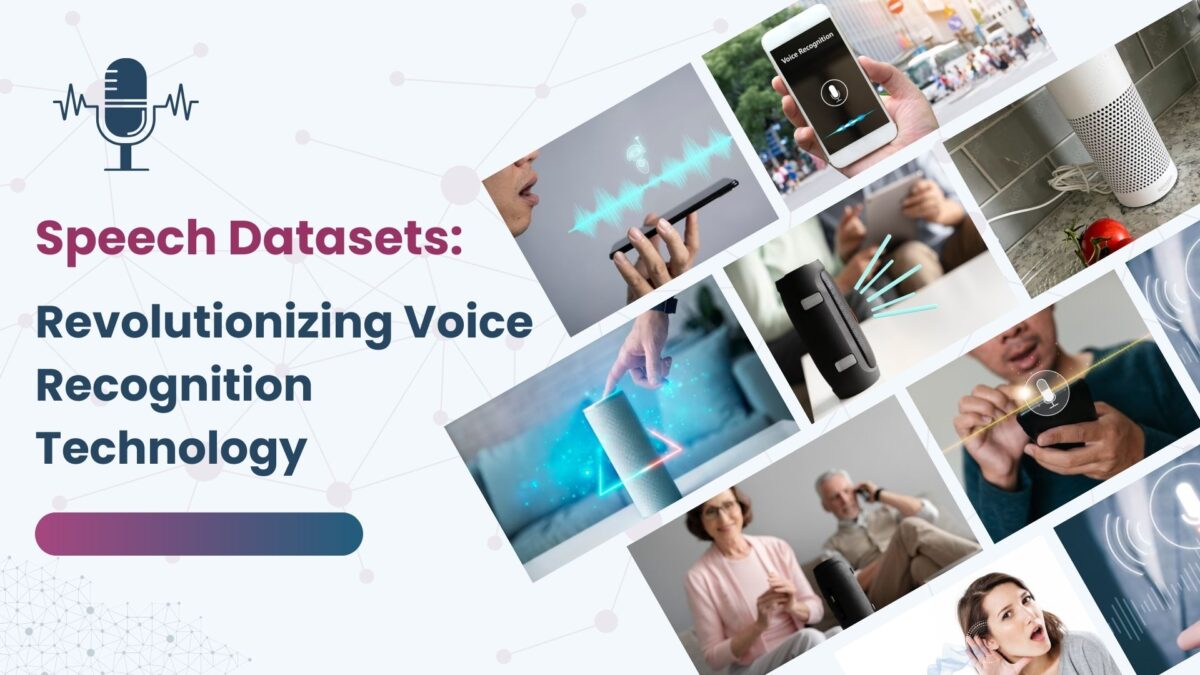Enhancing Digital Accessibility: The Critical Role of Video Transcription Services

Introduction
In our increasingly digital world, video content reigns supreme. From educational resources to marketing strategies, videos are a vital part of our online experience. However, to truly harness the power of this medium, it’s essential to make these resources accessible to all, which is where video transcription services come into play. This blog delves into the importance of video transcription services and their role in making digital content universally accessible and more engaging.
Understanding Video Transcription Services
Video transcription services involve converting spoken dialogue and sound in a video into written text. This text can be used as subtitles, closed captions, or as a separate transcript. These services are not just about the literal transcription of content; they also include speaker identification, time stamps, and sometimes translating content to other languages. The ultimate goal is to make video content accessible to everyone, including those who are deaf or hard of hearing, non-native speakers, and people in sound-sensitive environments.
The Imperative of Accessibility
- Inclusivity for the Hearing Impaired: Transcription services are vital in making content accessible to individuals with hearing disabilities, ensuring no one is left out due to their physical limitations.
- Assistance for Non-Native Speakers: Transcripts and subtitles in various languages bridge the language barrier, making content comprehensible to a global audience.
- Learning and Comprehension Aid: Transcripts aid in better comprehension and retention of information, especially in educational settings.
Broadening User Engagement
- Flexibility in Viewing: Transcriptions allow for video consumption in environments where audio is not feasible, such as public transport or offices.
- SEO Optimization: Transcribed text can be indexed by search engines, significantly improving a video’s visibility and ranking online.
The Diverse Application of Video Transcription Services
- Educational Content: Enhances the learning experience for students, especially in online learning environments.
- Media and Broadcasting: Makes entertainment accessible to a wider audience, including those with hearing impairments.
- Corporate and Training Videos: Ensures that training materials are accessible to all employees, regardless of their hearing ability.
- Healthcare Communications: Facilitates better understanding in patient education and medical training.
- Legal and Judicial Proceedings: Provides accurate records of proceedings, essential for legal documentation and review.
Expanding Reach in the Digital Age
- Globalization of Content: Emphasize how video transcription breaks geographical barriers, making content accessible to international audiences.
- Impact on E-Learning: Discuss the role of transcriptions in e-learning platforms, enhancing the educational experience for diverse learners, including those with learning disabilities.
Technical Advancements in Transcription Services
- AI and Machine Learning: Explore how AI is revolutionizing transcription services, increasing efficiency and accuracy.
- Automated vs. Human Transcription: Compare the benefits and limitations of automated transcription software versus human transcription services.
Case Studies and Success Stories
- Real-World Impact: Include case studies or success stories demonstrating how transcription services have positively impacted specific sectors, such as academia or entertainment.
- Testimonials from Diverse Users: Share experiences from users with disabilities, educators, and content creators to highlight the real-world benefits.
Future Trends and Predictions
- Emerging Technologies: Discuss upcoming technologies in the field of transcription and their potential impact.
- Predictions for the Industry: Offer insights into how video transcription services might evolve in the next decade, considering advancements in technology and increasing demand for accessibility.
Ethical Considerations and Best Practices
- Data Privacy and Ethics: Address concerns related to data privacy and ethical considerations in transcription services, especially with AI involvement.
- Best Practices for Content Creators: Provide guidelines for content creators to effectively use transcription services to maximize accessibility and engagement.
Choosing the Right Service
When selecting a video transcription service, consider the following:
- Accuracy and Quality: Look for services that offer high-quality transcription with minimal errors.
- Turnaround Time: Ensure that the service can deliver transcriptions in a timely manner.
- Confidentiality and Security: Essential for videos containing sensitive or proprietary information.
- Cost-Effectiveness: Compare services for the best balance of quality and affordability.
- Customization: The service should be able to cater to specific formatting and language needs.
Conclusion
Video transcription services are more than just a convenience; they are a necessity in our digital world. They ensure that video content is accessible, engaging, and reaches the widest possible audience. By embracing these services, content creators, educators, and businesses can create a more inclusive and equitable digital environment. In a world where video content is king, video transcription services ensure that everyone has a seat at the table.










